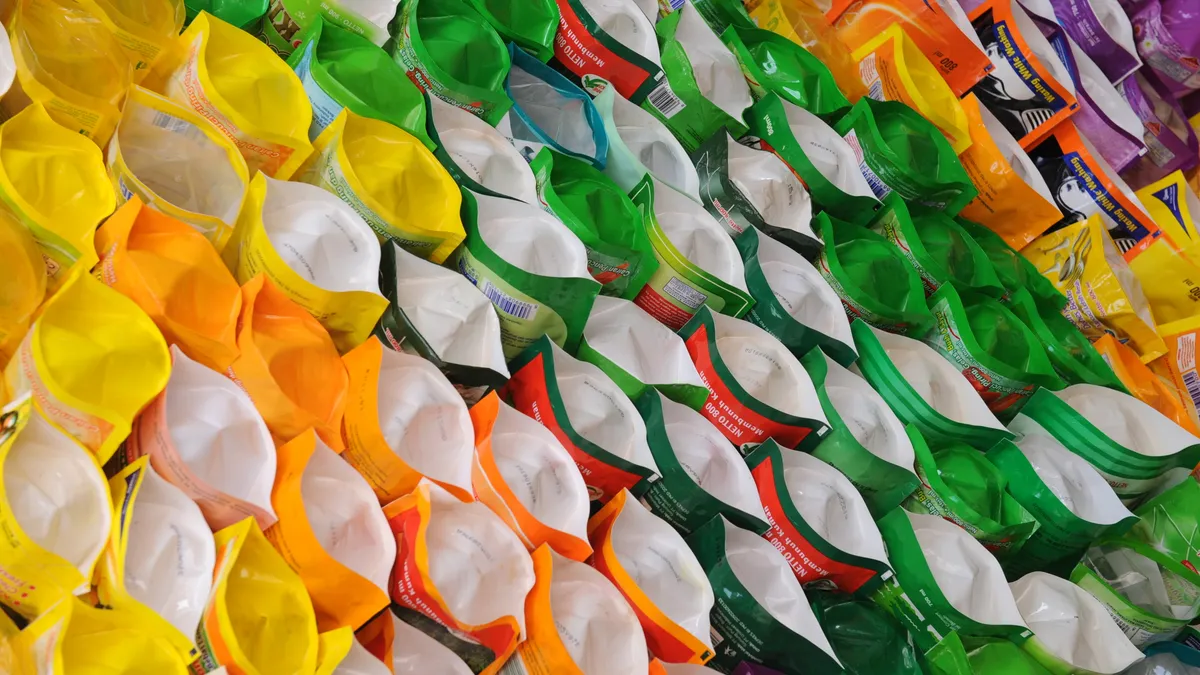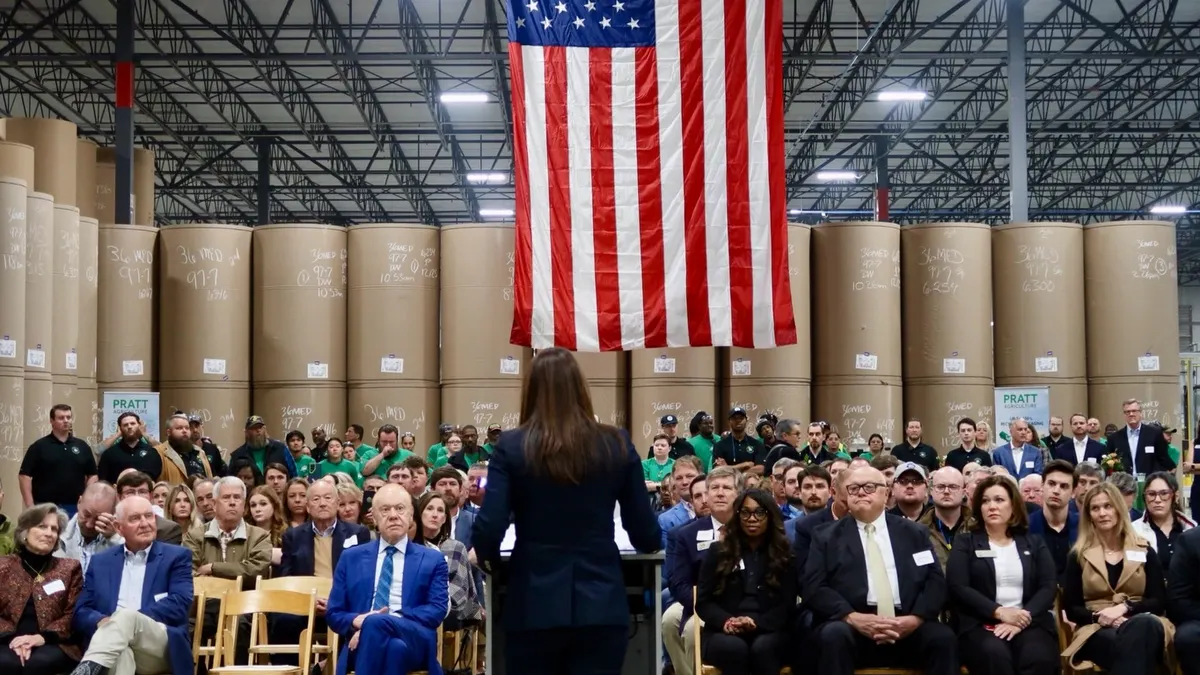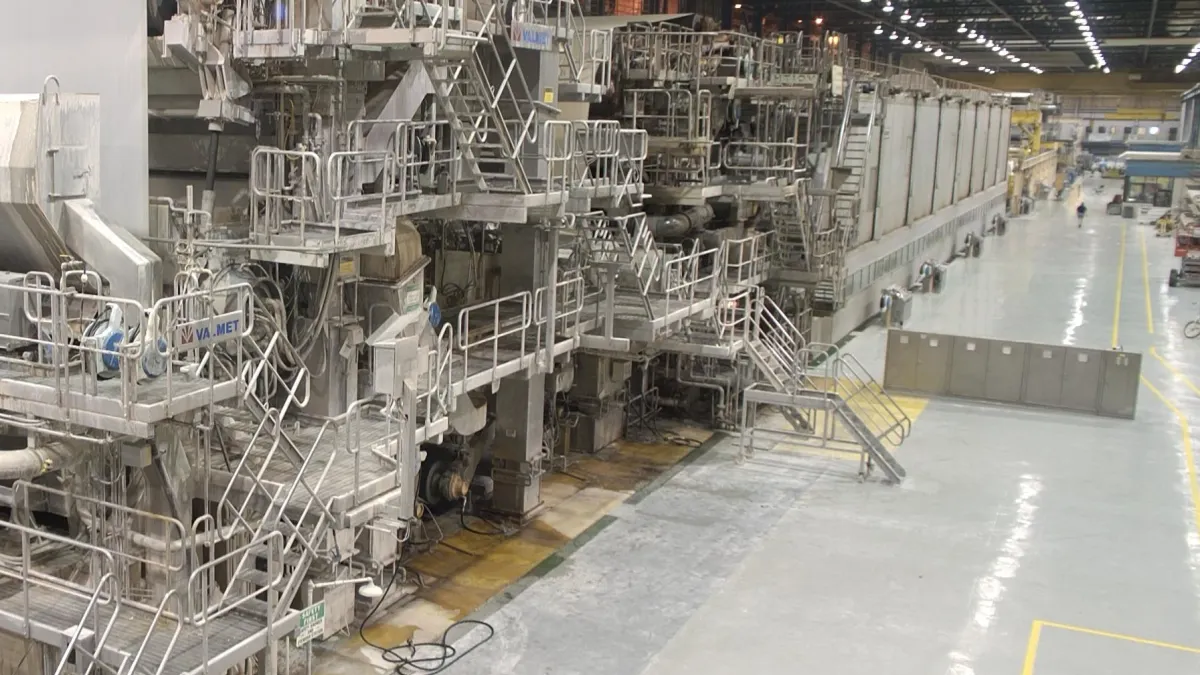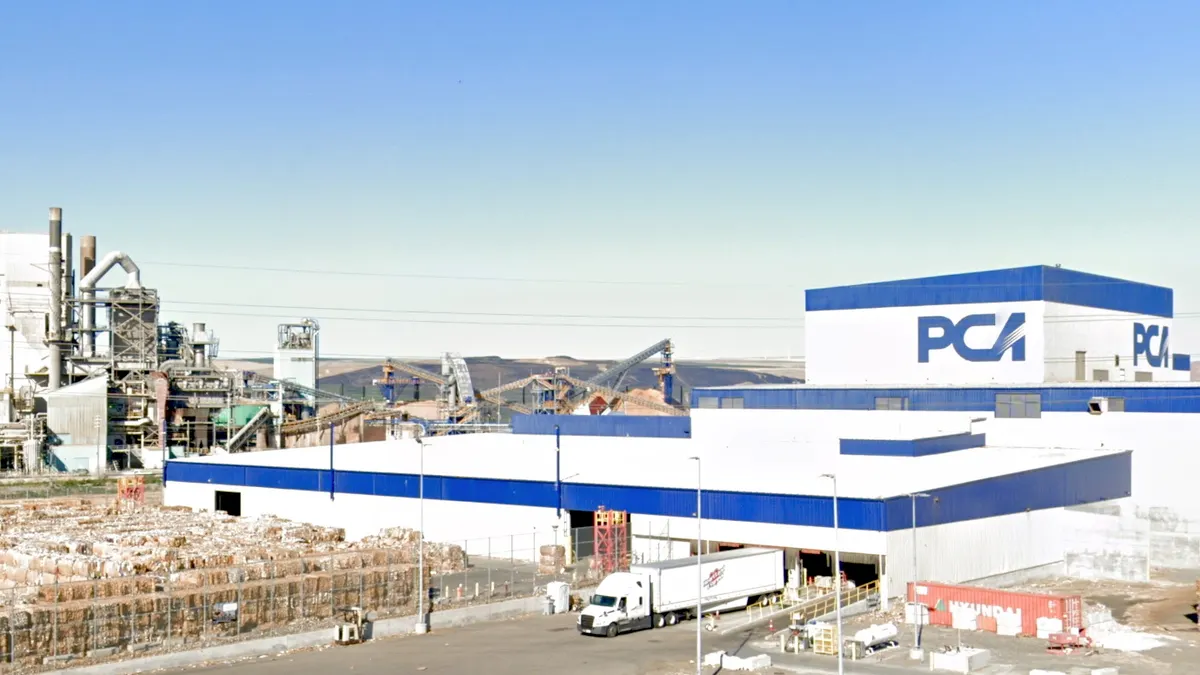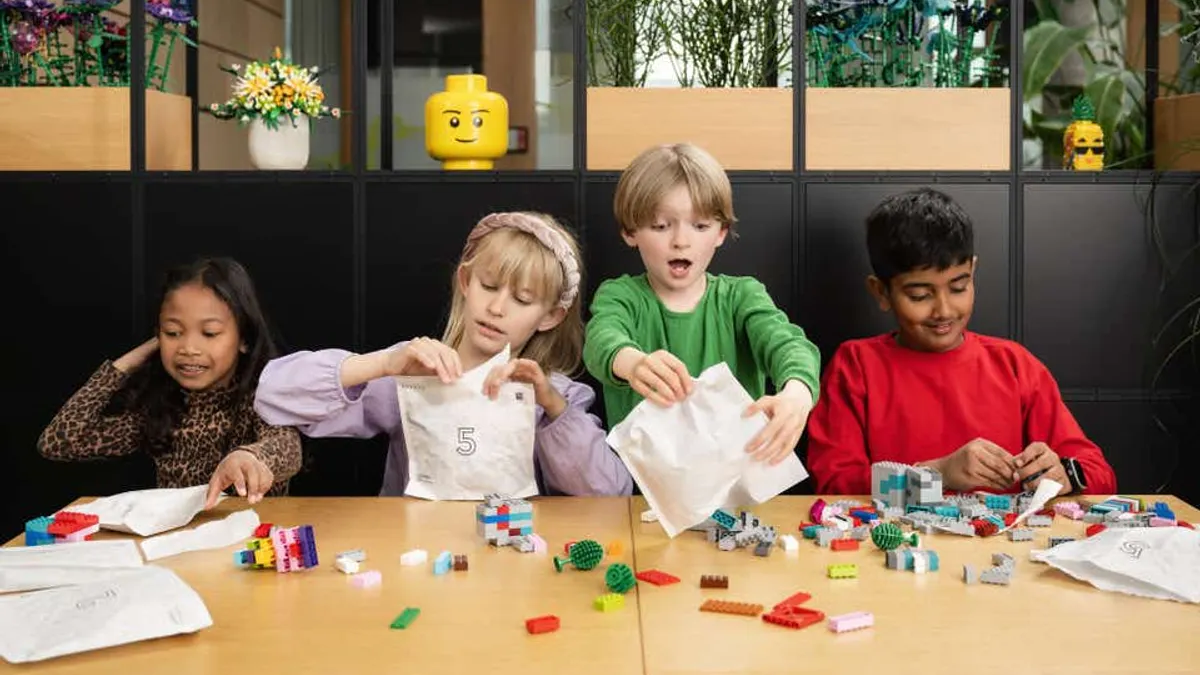Using digital printing to enable customized consumer experiences, on-box advertising and more sustainable packaging solutions is a top trend in e-commerce packaging, according to speakers during a virtual event Tuesday on the “future of packaging” hosted by Orora Packaging Solutions.
E-ecommerce generally has grown in popularity over the last 20 years, with the most significant spike occurring during the pandemic, said Ryan Fox, corrugated packaging market analyst at Bloomberg Intelligence. During that time, cardboard box consumption also spiked: “We saw it grow almost 2 million tons during the during the two years of the pandemic when there was lockdown,” he said. While e-commerce has renormalized to pre-pandemic levels, it is still considered a strong market.
More brands are doing business through online marketplaces such as Amazon, Walmart and Target rather than shipping their merchandise directly to customers, according to Chris Bradley, chief marketing, design and sustainability officer at Orora, which also offers printing solutions. He said that’s blurring the lines between primary and secondary packaging, especially with the greater use of digital printing technologies that can add the same graphics from an internal package to an external shipping box.
“If they can get their package through the supply chain without having to be repackaged again by the marketplace, they avoid handling fees and they're in control of the brand experience,” Bradley said.
Panelists said another benefit of digital printing — which sends a digital file to a printer that uses inkjets instead of plates like with flexography or lithography — is that it enables printing on the inside surfaces of a box. As package theft increased during the pandemic, “there were several brands that I know of that pushed a lot of their graphics to the inside of the box” to prevent passersby from knowing the contents while still enabling a strong customer experience, Fox said.
Still, customization and printing inside the box comes at a price.
“Inside and outside print is not always cheap,” Fox said. “But when you're talking about a corporate gift, a couple extra bucks in the packaging is a huge difference maker.”
Effective advertising medium
In retail, and e-commerce in particular, “there is difficulty in standing out, cutting through and building loyalty,” said Kerry Sanders, vice president of market development at digital printing technology company EFI. “Packaging, for brands and retailers, is a valuable activation platform. And it really will help these brands or retailers develop better customer experiences, which then translates into better loyalty and better repurchase rates.”
According to EFI’s research, packaging is the second-most effective channel for driving commercial growth. While consumers can install filters or blockers to weed out online ads, on-box ads directly reach them.
Sanders cited a domestic logistics company’s assertion that “there is a 14-point year-on-year increase in likelihood to repurchase based on a premium packaging experience,” which is “significant movement on a loyalty metric.” He also noted a Kantar analysis that found consumers experienced a 4.1-times higher recall of ads printed on Amazon boxes compared with traditional media campaigns, saying the boxes act as “mini billboards.”
“On-box advertising is an emerging ad category,” Sanders said. “We're seeing it in North America right now. We're not seeing it in any other part of the world. But it is a very effective way to communicate.”
E-commerce packaging is also a growing medium for third-party advertising, such as Amazon boxes with ads for newly released movies or TV shows.
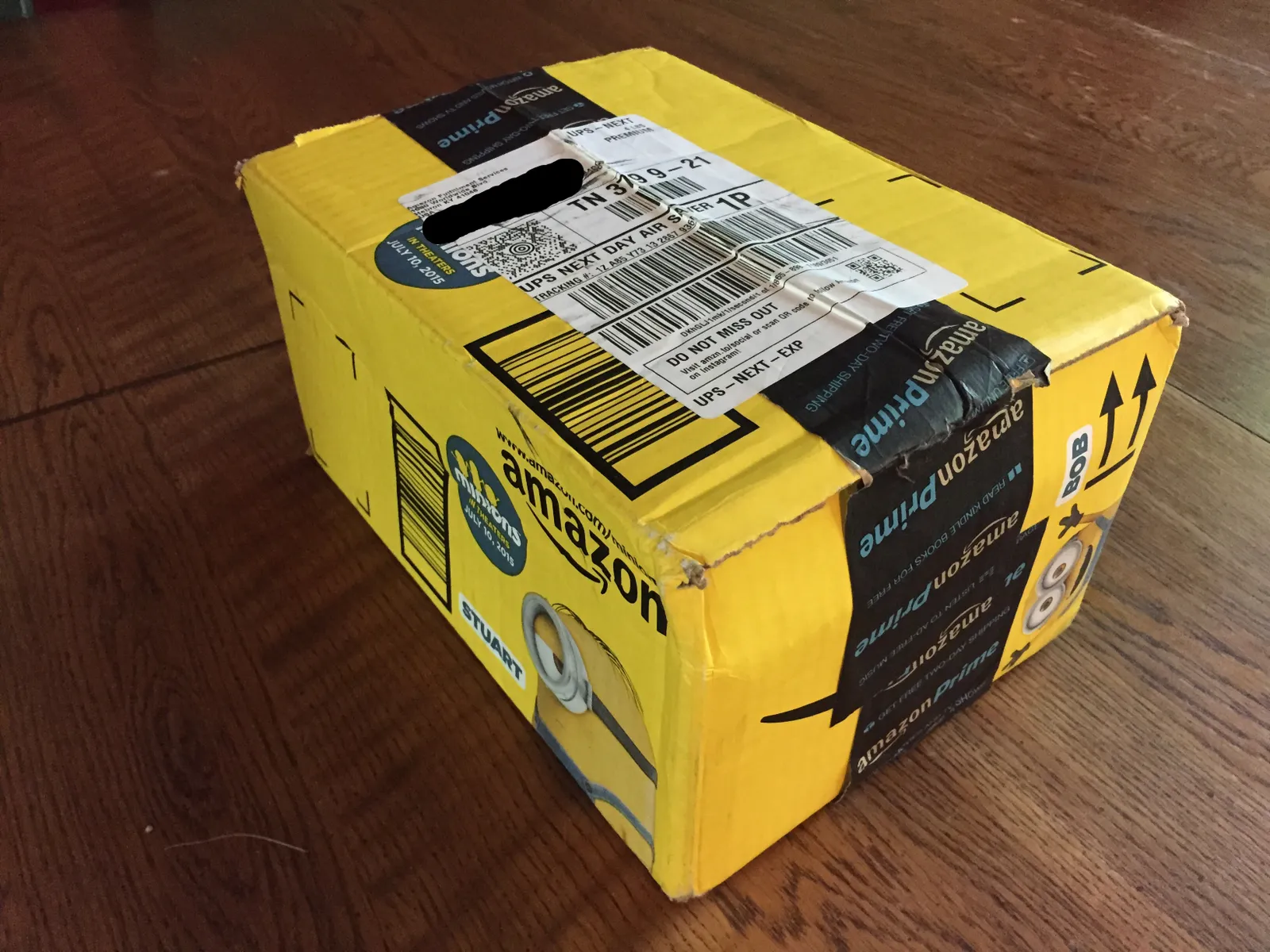
Unboxing positive consumer experiences
Customization and emphasis on the user experience are acutely evident in the “unboxing” trend sweeping social media, in which a content creator opens their new box on camera and details their initial impressions of the product and packaging.
Receiving and opening a box results in the user experiencing emotion as opposed to logic, Sanders said, offering a unique marketing opportunity.
“When a box is received and it’s well decorated and even tailored, it’s a premium experience and emotion is connected to it,” Sanders said. “These brands or retailers have an opportunity to build loyalty off of that emotion. It's very powerful and it's very unique to a corrugated box.”
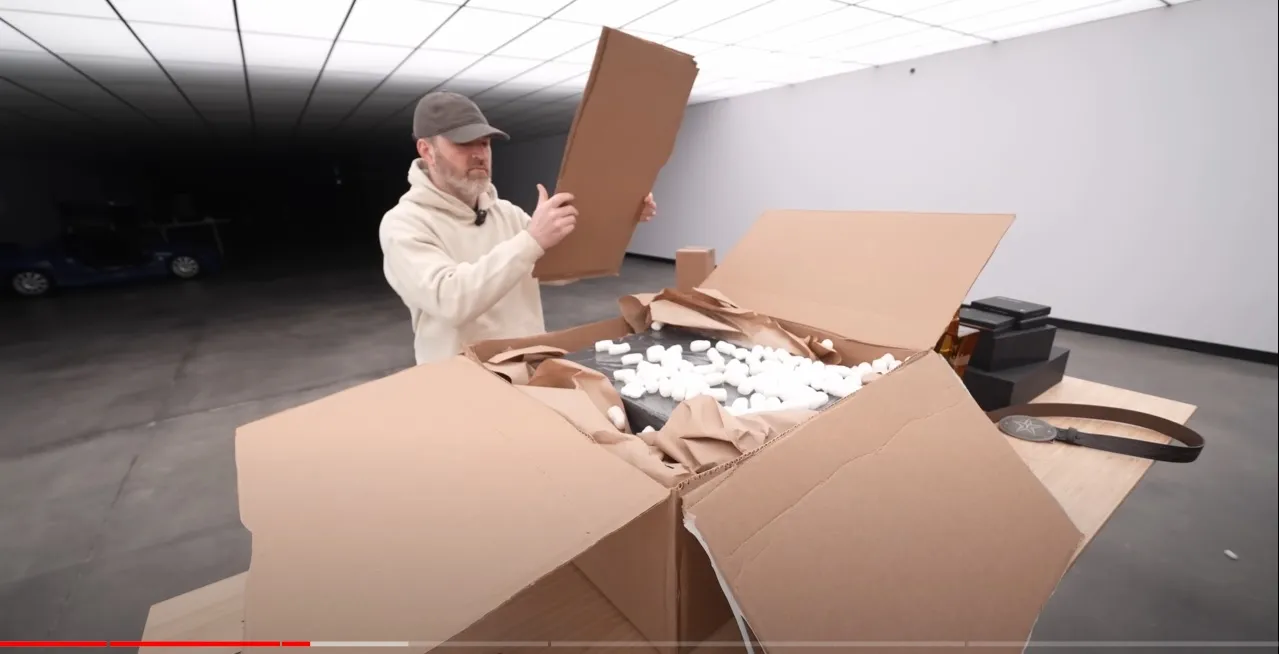
Subscription boxes — weekly or monthly shipments of products like pet supplies, cosmetics or meal kits — are an example of curated experiences as a reward for consumer loyalty. They’re becoming more popular and demand for corrugated is consequently up for this application.
“It's always an unboxing experience; you don't hear of people doing ‘un-bagging’ experiences,” Bradley said. “One of the things that I've seen that's been very successful is to customize each one of those boxes for their subscribers, and that creates word of mouth and just the ‘wow’ factor.”
Sustainability
Brands also can use the outside of the box to illustrate their sustainability work, Bradley said. This can occur in a variety of ways such as displaying a standard Sustainable Forestry Initiative or Forest Stewardship Council certification stamp, or a reference to a specific brand-led sustainability initiative. Bradley mentioned a previous employer that printed information about its “save the bees” campaign on its packaging, which “created some really strong brand attachment with our customers who were really excited about that program.”
The focus on sustainability has “a lot of momentum behind it, and people really seem to care about it,” Fox said, adding that box buyers are looking for three key sustainability factors: right size, right quantity and recyclability. He noted that research finds consumers are more likely to recycle a box after seeing a recycling message, such as a scannable QR code that leads to recycling instructions.
Digital printing is another way to boost sustainability, Sanders said, in large part because there are no big plates to dispose of when designs change. Traditional printing methods result in “millions and millions of plates every year that have to be manufactured, have to be shipped and have to be stored and or recycled,” he said. Digital printing also uses less energy and the inks are applied in a way so they don’t affect recycling, Sanders said.
Using digital printing allows brands more variability and customization at a lower cost because digital files can be easily swapped out rather than creating entirely new plates for each small tweak. This lets brands slightly alter packaging designs intended for different regions, for example, which “we’re seeing more and more of,” Sanders said. “They're asking for this kind of design interpretation instead of just printing a million of the same design.”






